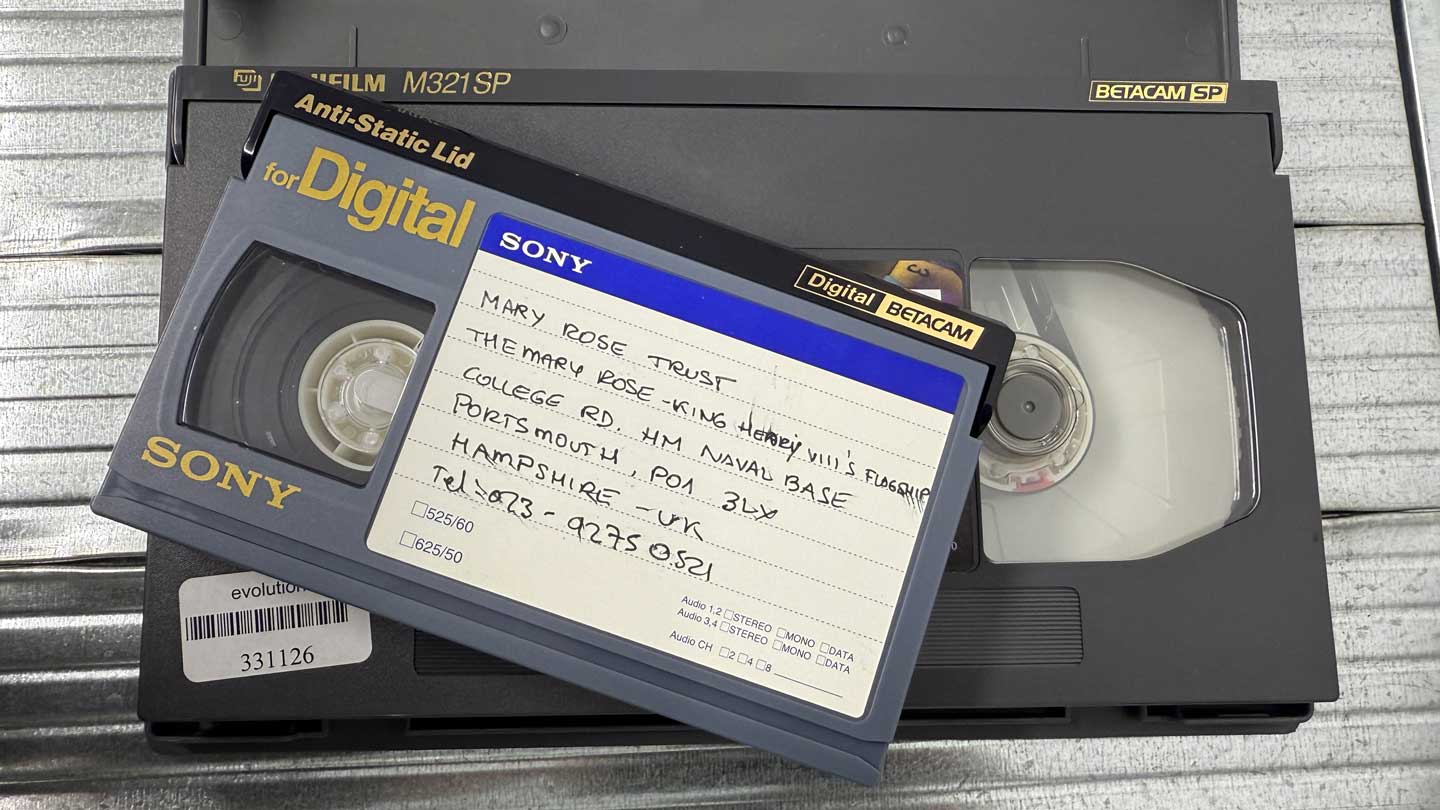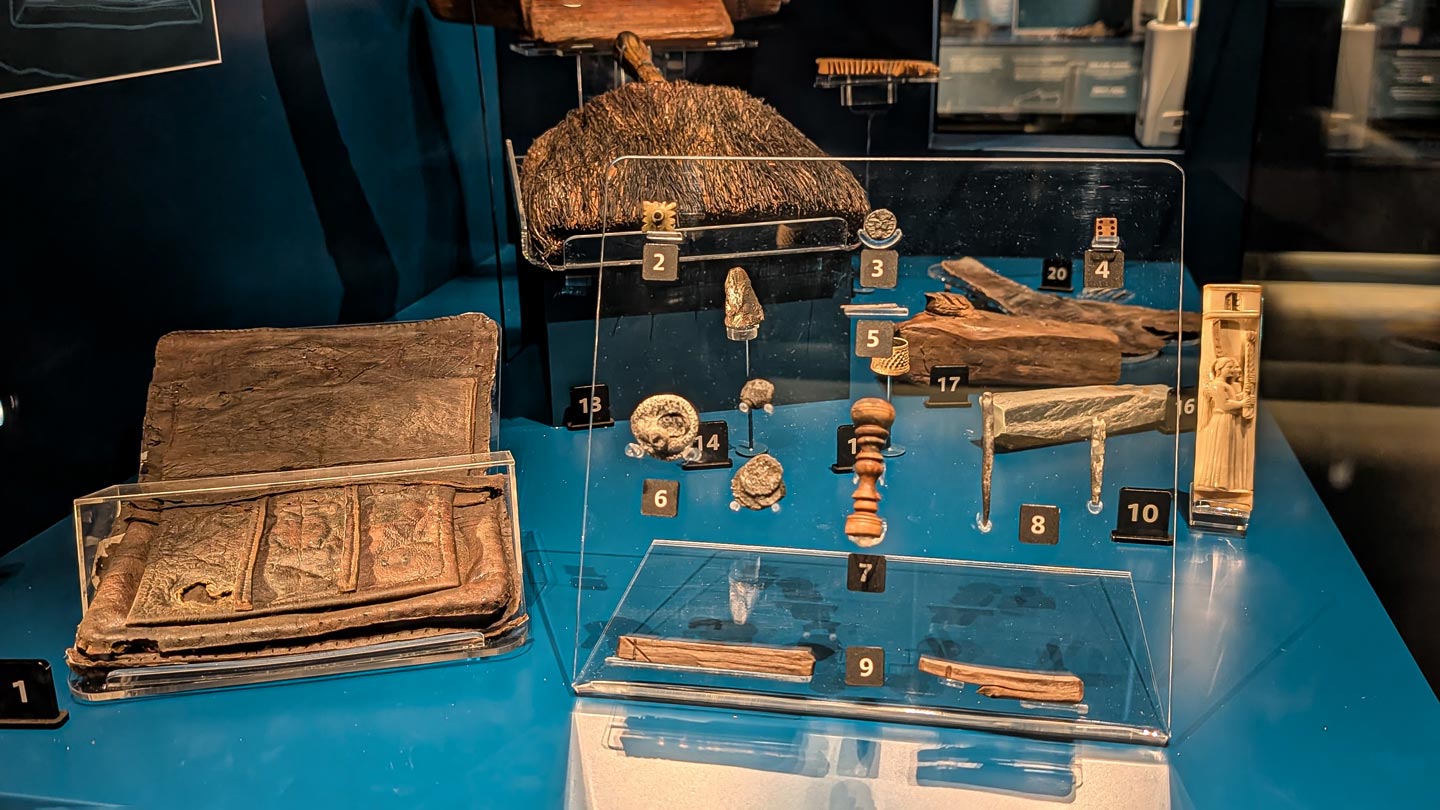102 tonnes of ballast were on board the Mary Rose when she sank. Consisting of broken flints similar to those originating in the Portsmouth area, the presence of shells belonging to cockles, oysters and periwinkles within it suggests that it was probably sourced from the beach at Portsmouth Harbour.
This seems to be a lot of ballast, (which gets bigger when you consider the two four-ton brick ovens in the galley area!), as naval accounts list other ships of similar size only carrying 70-80 tonnes, although these may have been supplementary purchases, rather than the full total.
Ballast was present in the first three quarters of the length of the ship – after this point the hold gets too narrow – with a small area around the pumps partitioned off to prevent blockages. During the events of the sinking of the Mary Rose, much of the ballast was shifted to the starboard side of the ship, which may have been a contributing factor to her loss.



